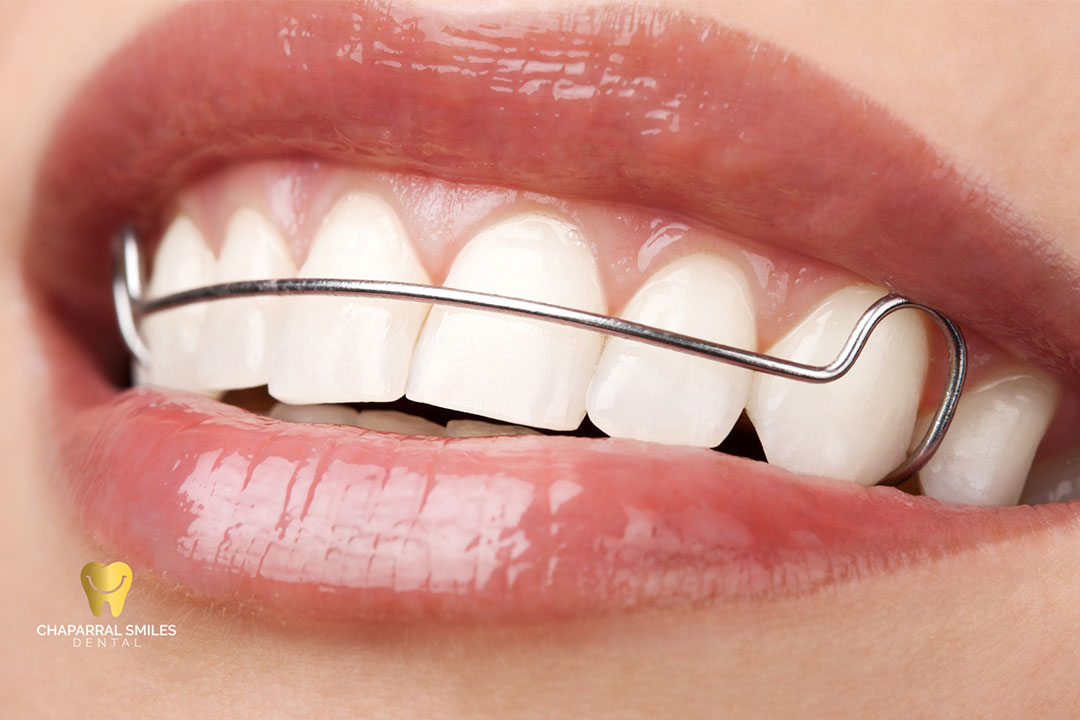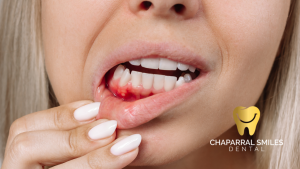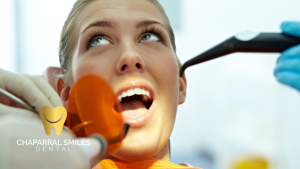Retention is a critical phase in your orthodontic journey, one that directly impacts the results you’ve worked hard to achieve. After the months of wearing braces or aligners, many people underestimate the significance of retainers. These custom-fitted devices play a vital role in maintaining your straightened teeth and preventing them from shifting back to their original positions. Understanding the importance of retainers can help you safeguard your smile for years to come, ensuring that your investment in orthodontic treatment pays off in the long run.
Understanding Retainers
A custom-made device, known as a retainer, serves to maintain the position of your teeth after the completion of orthodontic treatment. It plays a crucial role in ensuring that your hard-earned results remain intact, preventing teeth from drifting back to their original positions.
What are Retainers?
For many, retainers may seem like just an extra step in the orthodontic journey, but they are necessary for sustaining alignment gained through braces or clear aligners. They help keep your teeth stable while your gums and jawbone adjust to their new positions.
Types of Retainers
To choose the right retainer, it’s important to understand the types available. Each type has its own unique benefits, tailored to your specific orthodontic needs.
| Retainer Type | Description |
|---|---|
| Fixed Retainers | It is bonded to the back of your teeth, providing continuous support. |
| Removable Retainers | Can be taken out for eating, brushing, and flossing. |
| Hawley Retainers | Has a plastic body and metal wire; customizable for comfort. |
| Vacuum-formed Retainers | Clear, plastic retainers that are less noticeable. |
| Essix Retainers | Similar to vacuum-formed but designed for longer wear. |
What you choose depends on convenience, comfort, and orthodontist advice. Different types can be well-suited for specific circumstances and preferences.
- Consult with your dentist for personalized recommendations.
- Consider your lifestyle when selecting a retainer type.
- Ensure regular check-ups to monitor your retainer’s condition.
- Be mindful of the care needed for different retainers.
- Thou must follow usage guidelines to maintain effectiveness.
Function of Retainers
Functionally, retainers serve to hold your teeth in their new positions after braces. They work to prevent any shifting that can occur as your mouth adjusts post-treatment.
With consistent wear, you will find that retainers not only stabilize your teeth but also promote oral health. These devices provide a consistent reminder of the alignment gained, making them a simple and effective way to keep your smile looking its best.
- Retainers maintain tooth position even after treatment ends.
- They help ensure long-lasting results from your orthodontic journey.
- Regular wear prevents teeth from naturally drifting.
- You can adjust them as necessary for comfort and fit.
- Thou ultimately achieve the beautiful, aligned smile you desire.
The Importance of Retainers
Clearly, maintain your beautiful smile and protect your investment by wearing your retainers. After undergoing orthodontic treatment, it’s easy to overlook the vital role retainers play in ensuring your teeth stay perfectly aligned. For further insights, check out this article on Understanding The Importance of Retainers After Braces.
Preventing Teeth Movement
The primary function of retainers is to prevent your teeth from shifting back to their original positions. Your bones and tissue require time to stabilize in their new arrangement after the removal of braces. Wearing retainers as directed by your orthodontist helps ensure that your teeth remain straight while your mouth adjusts.
Maintaining Treatment Results
Results from your orthodontic treatment can quickly fade if you do not wear your retainers consistently. Over time, especially after the removal of the braces, the positioning of your teeth can change. Retainers are imperative for locking in those hard-earned results and ensuring your smile remains as beautiful as the day you completed your treatment.
Maintaining your treatment results isn’t just about immediate aesthetics; it’s crucial for your overall dental health. Over time, teeth can migrate due to various factors, including natural wear or pressure from bite forces. Regular retainer use keeps your teeth in their desired positions, reducing the risk of misalignment, which may necessitate future orthodontic interventions.
Long-term Oral Health Benefits
Maintaining correct tooth alignment via retainers has a significant impact on your oral health over time. Properly aligned teeth are easier to clean, reducing the risk of cavities and gum disease. They also help distribute bite pressure evenly, reducing the risk of jaw issues like TMJ.
Retainers offer several long-term oral health benefits that extend beyond aesthetics. By keeping your teeth aligned, you can prevent potential complications arising from misalignment, such as uneven wear on your enamel or discomfort in your jaw. Investing time in wearing retainers can lead to a healthier, longer-lasting smile.
Retainer Care and Maintenance
Many people underestimate the significance of proper retainer care and maintenance after orthodontic treatment. Your retainer is crucial for ensuring that your teeth remain in their new, corrected position. To effectively maintain your retainer, it’s imperative to follow comprehensive guidelines such as those outlined in Retainers After Braces: Use & Cleaning Guidelines.
Cleaning Your Retainer
To keep your retainer fresh and hygienic, it’s vital to clean it regularly with mild soap and lukewarm water. Avoid using hot water or abrasive cleaners, as they can damage the material. Cleaning your retainer on a daily basis helps prevent bacteria buildup and keeps it smelling fresh.
Storing Your Retainer Properly
When not in use, store your retainer in a sturdy case to protect it from damage and bacteria. Make sure the case is clean and dry to encourage a safe storage environment for your retainer.
This not only helps to preserve your retainer’s integrity, but it also reduces the risk of contamination. Avoid placing your retainer on food wrappers, napkins, or anywhere it may become lost or damaged. Always keep your retainer case readily available to encourage proper storage habits.
Signs of Wear and Replacement
With regular use, you may notice signs of wear on your retainer, such as cracks, discoloration, or an uncomfortable fit. These can indicate that your retainer needs replacement to ensure ongoing effectiveness.
Maintaining your retainer is critical to its longevity. Regularly check for any signs of wear, and consult with your orthodontist if you notice any issues. Staying proactive about your retainer’s condition will not only benefit your dental health, but it will also save you money on future orthodontic treatment.
Conclusion
When reflecting on your orthodontic journey, it’s critical to recognize the importance of retainers after treatment. These crucial devices help maintain the new alignment of your teeth, preventing them from shifting back to their original positions. By faithfully wearing your retainer as prescribed, you protect your investment in your smile and ensure the lasting results of your orthodontic care. Your commitment to wearing a retainer is as important as your treatment effort.





